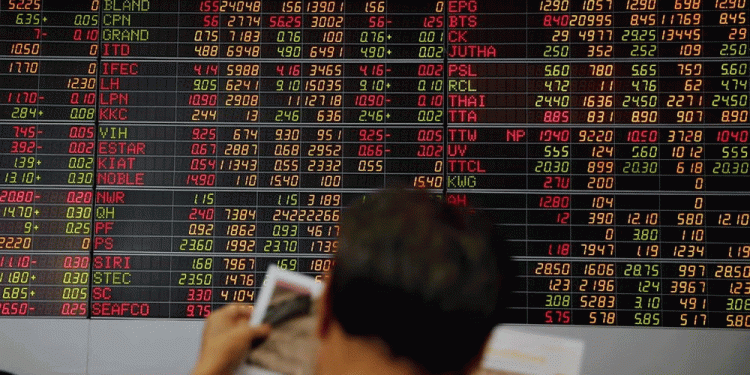KUALA LUMPUR (Feb. 15, 2017) — Natural rubber prices rose an average of 10 percent across key markets in January, according to the Association of Natural Rubber Producing Countries (ANRPC),
Also, despite soft results in 2016, the ANRPC expects NR production to rise more than 4 percent in 2017, according to the January 2017 issue of Natural Rubber Trends and Statistics, the association’s monthly statistical report.
NR prices declined to about $1 per kilogram in early 2016 and remained depressed for much of that year, according to ANRPC Secretary General Nguyen Ngoc Bich.
A favorable supply-demand situation and other market fundamentals improved the outlook for NR in January, Mr. Nguyen wrote in his preface to the January issue.
NR supplies have fallen 8.4 percent in ANRPC member countries, largely because of severe flooding in southern Thailand and early wintering in other countries, according to Mr. Nguyen.
Devaluation of the Japanese yen against the U.S. dollar also helped NR prices to rise, he said.
NR production in the nine ANRPC member countries fell 2.7 percent in 2016, to 10.7 million metric tons from 11 million tons in 2015, the ANRPC said.
However, the ANRPC expects production to grow 4.4 percent to 11.22 million tons in 2017. Every member country except Indonesia is projecting a production increase, with Cambodia predicting a 37.2 percent rise to 204,000 tons from 149,000, it said.
Indonesia projects a 0.2 percent production decline in 2017, to 3.15 million tons from 3.16 million, the ANRPC said.
Meanwhile, member countries will increase their NR consumption by 1.8 percent in 2017, to 8.19 million tons from 2016’s 8.04 million, the ANRPC said. Only Malaysia projected a decrease in consumption, to 490,000 tons from 498,000, a 1-percent decrease.
Although NR exports declined 3 percent in 2016, to 8.76 million tons from 2015’s 9.03 million, the ANRPC projects 2.6-percent export growth in 2017, to 8.99 million tons.
NR imports will grow 1.8 percent in 2017, to 8.19 million tons from 8.04 million, the ANRPC said. Every member country except China predicts a decrease in imports, but China — which anticipates imports of 4.3 million tons in 2017— is by far the largest importer among ANRPC nations, the association said.




























